Home>Articles>What Is The Best Finish To Put On A Dining Room Table
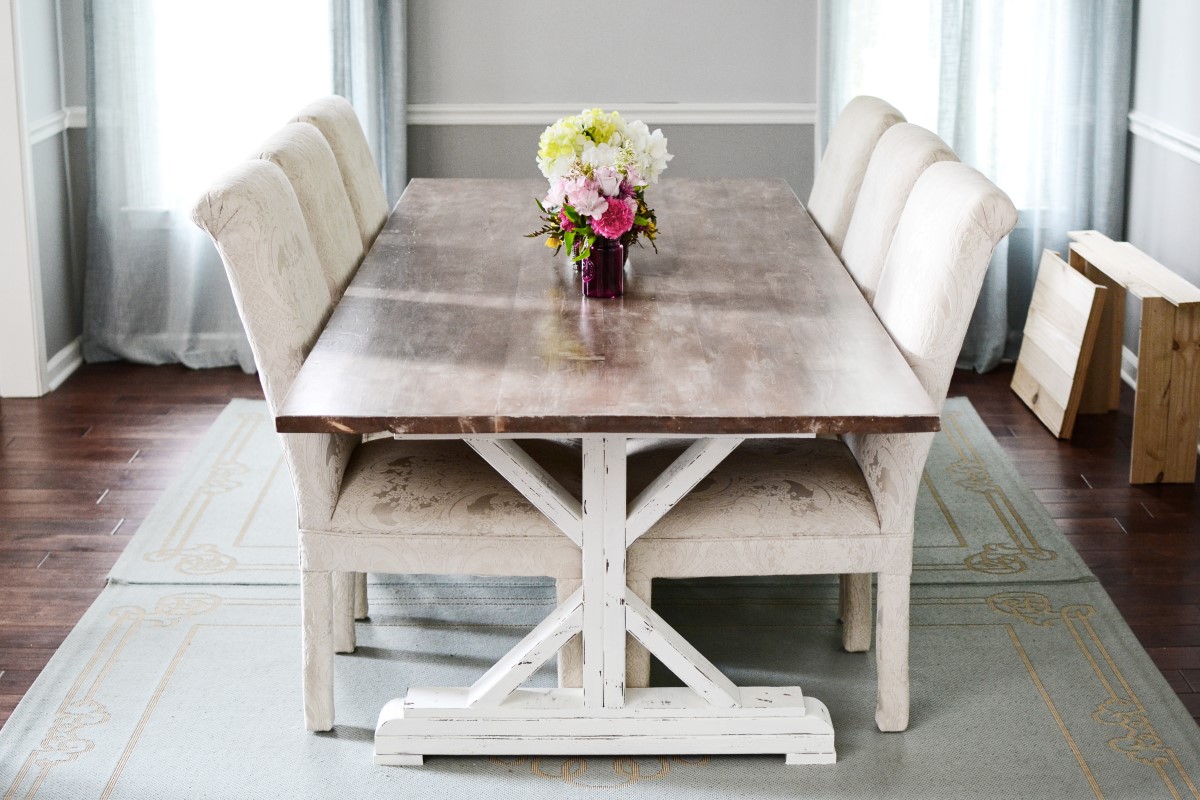

Articles
What Is The Best Finish To Put On A Dining Room Table
Modified: February 26, 2024
Looking for the best finish to protect and beautify your dining room table? Discover expert advice and tips in our insightful articles.
(Many of the links in this article redirect to a specific reviewed product. Your purchase of these products through affiliate links helps to generate commission for Storables.com, at no extra cost. Learn more)
Introduction
Choosing the best finish for your dining room table can be a daunting task. A dining table is not just a piece of furniture; it is the centerpiece of your dining space, where family and friends gather to share meals and create precious memories. The right finish can protect your table from everyday wear and tear, enhance its natural beauty, and complement the overall aesthetics of your dining room.
When it comes to selecting a finish for your dining room table, there are several factors to consider. The durability, ease of maintenance, and the desired appearance should all play a role in your decision. It’s important to choose a finish that not only provides protection but also enhances the natural character and grain of the wood.
In this article, we will explore the various types of finishes available for dining room tables and discuss the pros and cons of each. Whether you have a traditional wooden table or a modern glass-top design, we have you covered.
So, let’s dive in and find out what is the best finish to put on a dining room table!
Key Takeaways:
- Choose a polyurethane finish for exceptional durability and water resistance, providing long-lasting protection for your dining room table. Its versatility and ease of maintenance make it an ideal choice for high-traffic areas.
- Opt for a varnish finish to enhance the natural beauty of your dining table with a glossy, durable, and water-resistant coating. While requiring periodic maintenance, its ability to fill imperfections and provide a polished look makes it a timeless choice.
Read more: What Finish Paint Is Best For Dining Room
Factors to Consider When Choosing a Finish
Before we delve into the different types of finishes, it’s important to consider the following factors when selecting the best finish for your dining room table:
- Durability: Dining tables are subject to daily use, including spills, scratches, and heat. Consider a finish that offers excellent durability, providing resistance to water, heat, and general wear and tear.
- Maintenance: Think about the level of maintenance required for each finish. Some finishes may require regular reapplication or special care, while others may be low-maintenance and easily cleaned with a damp cloth.
- Appearance: The finish you choose should enhance the natural beauty of your dining table. Consider the desired hue, sheen, and texture that will complement your dining room decor.
- Compatibility: Ensure that the finish you choose is suitable for the type of wood or material used for your dining table. Different finishes work better on certain types of wood, so it’s important to do some research or seek advice from experts.
- Odor and Safety: Some finishes may emit strong odors during application and take time to dissipate. If you have sensitivities or concerns about chemical exposure, opt for finishes that are low in VOCs (volatile organic compounds) and have a minimal impact on indoor air quality.
- Eco-Friendliness: If sustainability is important to you, consider finishes that are environmentally friendly and non-toxic.
By considering these factors, you can narrow down your options and choose a finish that ticks all the boxes for your dining room table.
Common Types of Finishes for Dining Room Tables
When it comes to choosing a finish for your dining room table, there are several options available. Each type of finish provides different levels of protection, appearance, and maintenance requirements. Let’s take a look at some of the most common types:
- Polyurethane Finish: This finish is known for its excellent durability and water resistance. It creates a protective layer that guards against spills, stains, and scratches. Polyurethane finishes are available in different sheen levels, from matte to high gloss. They are relatively easy to clean and maintain but may require occasional refinishing.
- Varnish Finish: Varnish is a traditional finish that provides a glossy, durable, and water-resistant coating. It enhances the natural beauty of wood, giving it a rich, deep color and a smooth finish. Varnish is more labor-intensive to apply and may require periodic reapplication to maintain its luster.
- Lacquer Finish: Lacquer finishes are known for their high-gloss appearance and fast drying time. They provide a smooth, durable, and water-resistant finish. Lacquer finishes require skillful application and are often sprayed on for a seamless look. They may require occasional touch-ups to maintain their shine.
- Oil Finish: Oil finishes, such as tung oil and linseed oil, penetrate the wood to enhance its natural beauty and provide a warm, organic look. These finishes bring out the grain and texture of the wood while providing moderate protection against moisture and stains. Oil finishes require regular reapplication to maintain their effectiveness.
- Wax Finish: Wax finishes provide a soft, low-luster sheen that enhances the natural beauty of wood. They offer minimal resistance to moisture and scratches but can be easily rejuvenated with additional wax applications. Wax finishes require regular upkeep but allow for easy repairs and touch-ups.
These are just a few examples of the finishes commonly used for dining room tables. Each type has its own unique characteristics, so it’s important to consider your specific needs and preferences when selecting the best finish for your table.
Polyurethane Finish
Polyurethane finish is one of the most popular choices for dining room tables due to its exceptional durability and water resistance. It creates a protective barrier that guards against spills, stains, and scratches, making it ideal for tables that are heavily used.
This type of finish is available in different sheen levels, ranging from matte to high gloss, allowing you to choose the desired level of shine for your table. The polyurethane coating not only enhances the natural beauty of the wood but also provides a smooth and even surface.
One of the main advantages of a polyurethane finish is its ease of maintenance. It can be easily cleaned with a damp cloth or mild soap and water. However, it is important to avoid using harsh chemicals or abrasive cleaners that can damage the finish.
While polyurethane finish offers excellent durability, it may require occasional refinishing over time. However, this process is relatively straightforward and can be done by sanding down the old finish and applying a new coat.
When applying a polyurethane finish, it is important to follow the manufacturer’s instructions and ensure proper ventilation. This type of finish typically has a strong odor during the application process, but it dissipates as it dries.
Overall, a polyurethane finish provides a long-lasting and protective coating for your dining room table, ensuring it withstands the rigors of daily use while maintaining its beauty and durability.
Varnish Finish
A varnish finish is a classic choice for those looking to enhance the natural beauty of their dining room table. It provides a glossy, durable, and water-resistant coating that can bring out the richness and depth of the wood.
One of the main advantages of a varnish finish is its ability to create a smooth and even surface. It can fill in small imperfections and minor scratches, giving your table a polished and refined look.
Applying a varnish finish requires some skill and patience. It is typically done in multiple thin coats, allowing each layer to dry completely before applying the next. This process helps to achieve a high-gloss appearance and ensures the longevity of the finish.
While varnish finishes are known for their durability, they may require periodic maintenance to preserve their shine. Over time, the finish may wear down due to regular use, exposure to sunlight, or moisture. In such cases, a light sanding followed by the application of a new coat of varnish can rejuvenate your table’s appearance.
When cleaning a dining table with a varnish finish, it is important to use a soft, damp cloth to avoid scratching the surface. Avoid using abrasive cleaners or rough sponges that can damage the finish. Regular dusting and the occasional application of a furniture polish specifically designed for varnished surfaces can help maintain its luster.
While a varnish finish provides excellent protection and enhances the natural beauty of the wood, it is important to note that it may have a stronger odor during the application process and require proper ventilation. Therefore, it is advisable to apply varnish in a well-ventilated area.
In summary, a varnish finish offers a glossy and durable coating for your dining room table that accentuates the wood’s beauty. With proper maintenance and occasional refinishing, a varnished table can remain a timeless centerpiece in your dining space.
Read more: What To Put In A Dining Room
Lacquer Finish
A lacquer finish is a popular choice for those looking to achieve a high-gloss and sleek appearance for their dining room table. It offers a smooth, durable, and water-resistant coating that enhances the natural beauty of the wood.
One of the key advantages of a lacquer finish is its fast drying time. It creates a hard and protective surface relatively quickly, allowing you to enjoy your table without much downtime. The quick-drying nature of lacquer also reduces the chances of dust or debris settling onto the surface during the drying process.
Applying a lacquer finish requires skill and precision. It is often sprayed onto the table surface to achieve a seamless and uniform coating. This method of application results in a smooth and flawless finish, free from brush marks or unevenness.
A lacquer finish provides excellent durability, protecting your table from scratches, spills, and stains. However, it is important to note that lacquer finishes may require periodic touch-ups to maintain their high-gloss appearance. Over time, the finish may develop small cracks or show signs of wear, especially in high-traffic areas. Applying a fresh coat of lacquer can restore the table’s shine and beauty.
Cleaning a dining table with a lacquer finish is relatively easy. You can simply wipe it down with a soft, damp cloth to remove dust and spills. Avoid using abrasive cleaners or rough sponges that may scratch the surface. Regular dusting and occasional application of a furniture polish specifically formulated for lacquered surfaces can help maintain its luster.
It’s important to consider proper ventilation when applying a lacquer finish, as the fumes can be strong. Ensure that the area is well-ventilated and follow the manufacturer’s instructions for a safe application process.
In summary, a lacquer finish offers a high-gloss and durable coating for your dining room table. Its quick-drying nature and smooth application result in a sleek and elegant appearance. With proper maintenance and occasional touch-ups, a lacquered table can be a stunning and long-lasting addition to your dining space.
Oil Finish
An oil finish is a popular choice for those who prefer a more natural and organic look for their dining room table. It enhances the natural beauty of the wood, bringing out its rich grain and texture. Oil finishes penetrate the wood, providing a protective layer while maintaining a soft, matte appearance.
One of the main advantages of an oil finish is its ability to accentuate the unique characteristics of the wood. It provides a warm and inviting look, and over time, the oil can enhance the patina of the table, giving it a distinctive charm.
Applying an oil finish is relatively simple. The oil is typically applied with a rag or a brush, allowing it to soak into the wood. Multiple coats may be necessary to achieve the desired level of protection and appearance. It is important to allow each coat to fully dry before applying the next.
While an oil finish provides some level of protection against moisture and stains, it is not as durable as other finishes. It may require regular reapplication to maintain its effectiveness. However, one of the benefits of an oil finish is that it can be easily renewed by applying additional coats whenever necessary.
Cleaning a dining table with an oil finish is straightforward. You can simply wipe it down with a soft, damp cloth to remove dust and spills. Avoid using harsh cleaners or abrasive materials that can damage the finish. Periodically, you can apply a small amount of oil to nourish the wood and maintain its luster.
An oil finish is generally considered safe and environmentally friendly, as many oil finishes are made from natural ingredients. However, it is important to check the specific product for any potential allergens or the presence of volatile organic compounds (VOCs).
In summary, an oil finish offers a natural and warm look for your dining room table. It enhances the wood’s natural beauty and provides a soft, matte appearance. With proper maintenance and occasional reapplication, an oil-finished table can add a touch of elegance and character to your dining space.
Wax Finish
A wax finish is a popular choice for those seeking a soft and subtle sheen for their dining room table. It provides a low-luster coating that enhances the natural beauty of the wood while offering a layer of protection.
One of the main advantages of a wax finish is its ease of application. Wax can be applied using a soft cloth or brush, and it can be buffed to create a smooth and polished surface. This makes it a great choice for DIY enthusiasts who want to achieve a vintage or rustic look.
Wax finishes are known for their ability to create a beautifully hand-rubbed appearance. They enhance the natural color and character of the wood, bringing out its depth and grain patterns. Additionally, they offer a slightly soft touch that adds warmth and allure to the table surface.
While a wax finish provides some level of protection against moisture and minor scratches, it is not as durable as other types of finishes. Therefore, regular maintenance is necessary to keep the table looking its best. Wax finishes can be easily rejuvenated by reapplying a thin layer of wax and buffing it to restore its shine.
Cleaning a dining table with a wax finish is relatively simple. You can use a soft cloth or brush to remove dust and debris. If spills occur, wipe them up immediately to prevent staining. Occasional waxing will help maintain the finish and protect the wood from moisture.
It’s important to note that a wax finish requires regular upkeep, as it can be more susceptible to wear and fading over time. However, the beauty of a wax finish is that it allows for easy repairs and touch-ups. You can spot-treat small areas and blend them seamlessly into the overall finish.
In terms of safety, wax finishes are generally considered safe and non-toxic. However, it’s always recommended to use them in a well-ventilated area to avoid inhaling any fumes.
In summary, a wax finish offers a soft and subtle sheen for your dining room table. It enhances the natural beauty of the wood, providing a vintage and hand-rubbed appearance. With regular maintenance and occasional touch-ups, a wax-finished table can bring a charming and timeless appeal to your dining space.
For a dining room table, a durable and food-safe finish like polyurethane or conversion varnish is recommended. These finishes provide protection against spills, scratches, and heat, making them ideal for a high-traffic area like a dining room.
Pros and Cons of Different Finishes
When choosing a finish for your dining room table, it’s important to weigh the pros and cons of each option. Here’s a summary of the advantages and disadvantages of the different finishes discussed:
- Polyurethane Finish:
- Pros: Excellent durability and water resistance, wide range of sheen options, easy to clean and maintain.
- Cons: May require occasional refinishing.
- Varnish Finish:
- Pros: Provides a glossy and durable coating, enhances the natural beauty of wood.
- Cons: Requires periodic reapplication, more labor-intensive to apply.
- Lacquer Finish:
- Pros: Creates a high-gloss and sleek appearance, fast drying time.
- Cons: May require periodic touch-ups, strong odor during application.
- Oil Finish:
- Pros: Enhances the natural beauty of wood, provides a warm and organic look.
- Cons: Requires regular reapplication, offers moderate moisture and stain resistance.
- Wax Finish:
- Pros: Provides a soft and subtle sheen, easy to apply and repair.
- Cons: Requires regular maintenance, offers minimal moisture and scratch resistance.
Each finish has its own set of advantages and disadvantages. Consider your needs, preferences, and the level of maintenance you’re willing to undertake when deciding on the best finish for your dining room table.
It’s also worth noting that the type of wood used for your table can influence the outcome of each finish. Some woods may respond better to certain finishes, so it’s important to do your research or consult experts to ensure compatibility.
In the end, choosing the right finish for your dining room table is a matter of personal preference, taking into account both the aesthetic appeal and functional requirements for your specific needs.
Polyurethane Finish
The polyurethane finish is a highly popular choice for dining room tables, known for its exceptional durability and water resistance. This type of finish creates a protective layer that guards against spills, stains, and scratches, making it ideal for tables that experience heavy use.
A significant advantage of the polyurethane finish is its versatility. It comes in various sheen levels, ranging from matte to high gloss, allowing you to choose the desired level of shine for your table. Furthermore, the polyurethane coating not only enhances the natural beauty of the wood but also provides a smooth and even surface.
Maintenance of a dining table with a polyurethane finish is relatively straightforward. The finish can be easily cleaned with a damp cloth or mild soap and water. However, it is important to avoid using harsh chemicals or abrasive cleaners that can damage the finish.
In terms of longevity, while a polyurethane finish offers excellent durability, it may require occasional refinishing over time. However, the process is relatively straightforward and can be done by sanding down the old finish and applying a new coat.
One consideration when applying a polyurethane finish is the odor during the application process. Proper ventilation is essential to dissipate the strong odor. However, once the finish is dry, the odor fades away.
In summary, a polyurethane finish provides a long-lasting and protective coating for your dining room table. Its durability allows the table to withstand the rigors of daily use while maintaining its beauty and appeal. Whether you prefer a matte or a glossy finish, the polyurethane finish offers versatility, ease of maintenance, and peace of mind.
Varnish Finish
The varnish finish is a classic choice for dining room tables, renowned for its ability to enhance the natural beauty of the wood while providing a glossy, durable, and water-resistant coating.
One of the main advantages of a varnish finish is its ability to create a smooth and even surface. It can fill in minor imperfections and scratches, giving your table a polished and refined look. The varnish also adds depth and richness to the color of the wood, bringing out its natural character.
Applying a varnish finish requires some skill and patience. It is typically applied in multiple thin coats, allowing each layer to dry completely before applying the next. This process not only ensures proper adhesion but also helps achieve a high-gloss appearance and overall longevity.
While varnish finishes are known for their durability, they may require periodic maintenance to preserve their shine. Over time, the finish may wear down due to regular use, exposure to sunlight, or moisture. In such cases, a light sanding followed by the application of a new coat of varnish can easily rejuvenate the table’s appearance.
Cleaning a dining table with a varnish finish is relatively easy. You can simply wipe it down with a soft, damp cloth to remove dust and spills. Avoid using abrasive cleaners or rough sponges that can damage the finish. Regular dusting and the occasional application of a furniture polish specifically designed for varnished surfaces can help maintain its luster.
It’s worth noting that varnish finishes can have a strong odor during the application process. Therefore, it is important to ensure proper ventilation when applying varnish to minimize any potential discomfort.
In summary, a varnish finish offers a glossy and durable coating for your dining room table. Its ability to enhance the natural beauty of the wood and provide a smooth surface makes it a timeless choice. With proper maintenance and periodic touch-ups, a varnished table will continue to be a centerpiece in your dining space for years to come.
Read more: What To Put In A Dining Room
Lacquer Finish
The lacquer finish is a popular choice for dining room tables, renowned for its ability to create a high-gloss and sleek appearance. It offers a smooth, durable, and water-resistant coating that enhances the natural beauty of the wood.
One of the key advantages of a lacquer finish is its fast-drying time. This quick-drying characteristic allows for a more efficient application process and reduces the chances of dust or debris settling onto the surface during drying.
Applying a lacquer finish requires skill and precision. It is often sprayed onto the table surface or applied with a brush to achieve a seamless and uniform coating. This method of application results in a smooth and flawless finish, free from brush marks or unevenness.
A lacquer finish provides excellent durability, protecting your table from scratches, spills, and stains. However, it is important to note that lacquer finishes may require periodic touch-ups to maintain their high-gloss appearance. Over time, the finish may develop small cracks or show signs of wear, especially in high-traffic areas. Applying a fresh coat of lacquer can easily restore the table’s shine and beauty.
Cleaning a dining table with a lacquer finish is relatively easy. You can simply wipe it down with a soft, damp cloth to remove dust and spills. Avoid using abrasive cleaners or rough sponges that may scratch the surface. Regular dusting and occasional application of a furniture polish specifically formulated for lacquered surfaces can help maintain its luster.
It’s important to consider proper ventilation when applying a lacquer finish, as the fumes can be strong. Ensure that the area is well-ventilated and follow the manufacturer’s instructions for a safe application process.
In summary, a lacquer finish offers a high-gloss and sleek appearance for your dining room table. Its quick-drying nature and smooth application result in a sophisticated and elegant look. With proper maintenance and periodic touch-ups, a lacquered table can be a stunning and long-lasting addition to your dining space.
Oil Finish
An oil finish is a popular choice for those who prefer a more natural and organic look for their dining room table. It enhances the natural beauty of the wood while providing a warm and inviting appearance.
One of the main advantages of an oil finish is its ability to accentuate the unique characteristics of the wood. It penetrates the wood fibers, bringing out the grain and texture, and giving the table a rich and natural look. This finish provides a soft and matte appearance that highlights the beauty of the wood without adding a glossy shine.
Applying an oil finish is relatively simple. The oil is typically applied with a rag or brush, allowing it to soak into the wood. Multiple coats may be necessary to achieve the desired level of protection and appearance. It’s important to allow each coat to fully dry before applying the next.
While an oil finish does provide some level of protection against moisture and stains, it is not as durable as other finishes. It may require regular reapplication to maintain its effectiveness. However, the benefit of an oil finish is that it can be easily renewed by applying additional coats whenever necessary.
Cleaning a dining table with an oil finish is straightforward. You can simply wipe it down with a soft, damp cloth to remove dust and spills. Avoid using harsh cleaners or abrasive materials that can damage the finish. Periodically, you can apply a small amount of oil to nourish the wood and maintain its natural luster.
When considering the safety aspects, oil finishes are generally considered safe and non-toxic. However, it’s always recommended to check the specific product for any allergens or volatile organic compounds (VOCs).
In summary, an oil finish offers a natural and warm look for your dining room table. It enhances the wood’s natural beauty while providing a soft and inviting appearance. With regular maintenance and occasional reapplication, an oil-finished table can bring a charming and organic ambiance to your dining space.
Wax Finish
A wax finish is a popular choice for those seeking a soft and subtle sheen for their dining room table. It offers a classic and timeless look while providing a layer of protection for the wood.
One of the main advantages of a wax finish is its ease of application. Wax can be applied using a soft cloth or brush, and it can be buffed to create a smooth and polished surface. This makes it a great choice for those who enjoy DIY projects and want to achieve a vintage or rustic look.
Wax finishes are known for their ability to create a beautifully hand-rubbed appearance. They help enhance the natural color and character of the wood while providing a gentle sheen that adds warmth and depth to the table’s surface.
A wax finish provides some level of protection against moisture and minor scratches. It forms a thin barrier on the wood’s surface, helping to repel spills and prevent staining. However, it’s important to note that wax finishes are not as durable as other types of finishes, and they may require regular maintenance to keep the table looking its best.
Cleaning a dining table with a wax finish is relatively simple. You can use a soft cloth or brush to remove dust and debris. If spills occur, wipe them up immediately to prevent staining. Occasional reapplication of wax will help maintain the finish and protect the wood from moisture.
One of the advantages of a wax finish is its easy repairability. If your table experiences any scuffs or scratches, you can easily spot-treat those areas and blend them seamlessly into the overall finish. This makes it a great choice for those who appreciate the ability to maintain and touch up their furniture.
It’s worth noting that wax finishes require regular upkeep, as they can be more susceptible to wear and fading over time. However, the beauty of a wax finish is that it allows for easy repairs and touch-ups, keeping your dining room table looking its best.
In terms of safety, wax finishes are generally considered safe and non-toxic. However, it’s always a good idea to use them in a well-ventilated area to avoid any potential discomfort.
In summary, a wax finish offers a soft and subtle sheen for your dining room table. It enhances the natural beauty of the wood, providing a classic and timeless appearance. With regular maintenance and occasional touch-ups, a wax-finished table can bring charm and character to your dining space for generations to come.
Conclusion
Choosing the best finish for your dining room table is a significant decision that can greatly impact its longevity, appearance, and overall functionality. Throughout this article, we have explored the various types of finishes commonly used for dining room tables and discussed their pros and cons.
Each finish offers its own unique benefits and considerations. The polyurethane finish provides exceptional durability and water resistance, making it suitable for high-traffic areas. Varnish finishes offer a glossy and durable coating that enhances the natural beauty of the wood. Lacquer finishes create a high-gloss and sleek appearance, adding sophistication to your dining space. Oil finishes provide a warm and natural look, showcasing the wood’s unique grain and texture. And wax finishes offer a soft and subtle sheen, giving your table a timeless and classic appeal.
When choosing a finish for your dining room table, it is important to consider factors such as durability, maintenance requirements, desired appearance, and the compatibility with your table’s wood type. Additionally, taking into account the level of protection against moisture, scratches, and stains can help ensure the longevity of your table’s finish.
Ultimately, the best finish for your dining room table depends on your personal preferences and the specific needs of your household. Whether you opt for a polyurethane finish for its exceptional durability or a wax finish for its classic appeal, each choice has its own unique beauty and functionality.
Remember to properly maintain your dining table by regularly cleaning and, if necessary, reapplying the finish to protect its beauty and extend its lifespan. With proper care, your dining room table can continue to be a cherished centerpiece for gatherings, meals, and memories for years to come.
So, take the time to consider your options, weigh the advantages and disadvantages of each finish, and select the one that best suits your style, needs, and preferences. Your dining room table deserves a finish that will enhance its beauty and allow it to shine in your home.
Frequently Asked Questions about What Is The Best Finish To Put On A Dining Room Table
Was this page helpful?
At Storables.com, we guarantee accurate and reliable information. Our content, validated by Expert Board Contributors, is crafted following stringent Editorial Policies. We're committed to providing you with well-researched, expert-backed insights for all your informational needs.
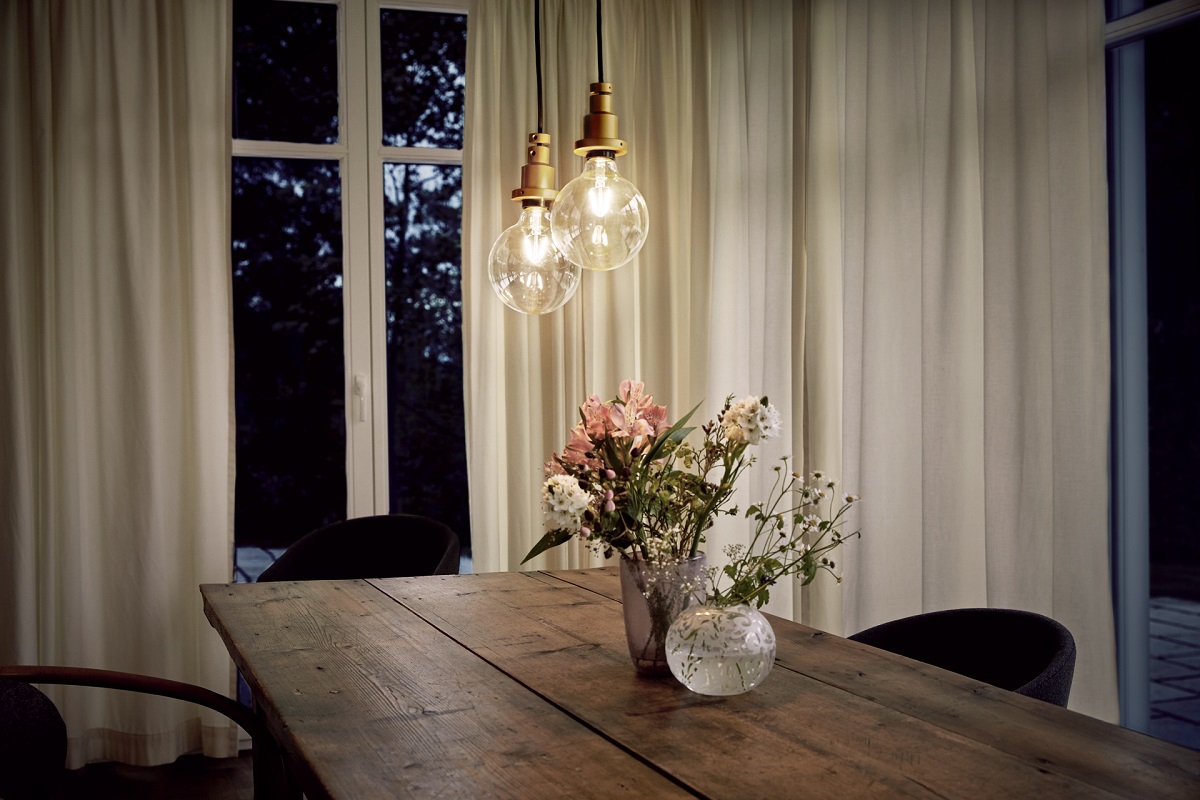
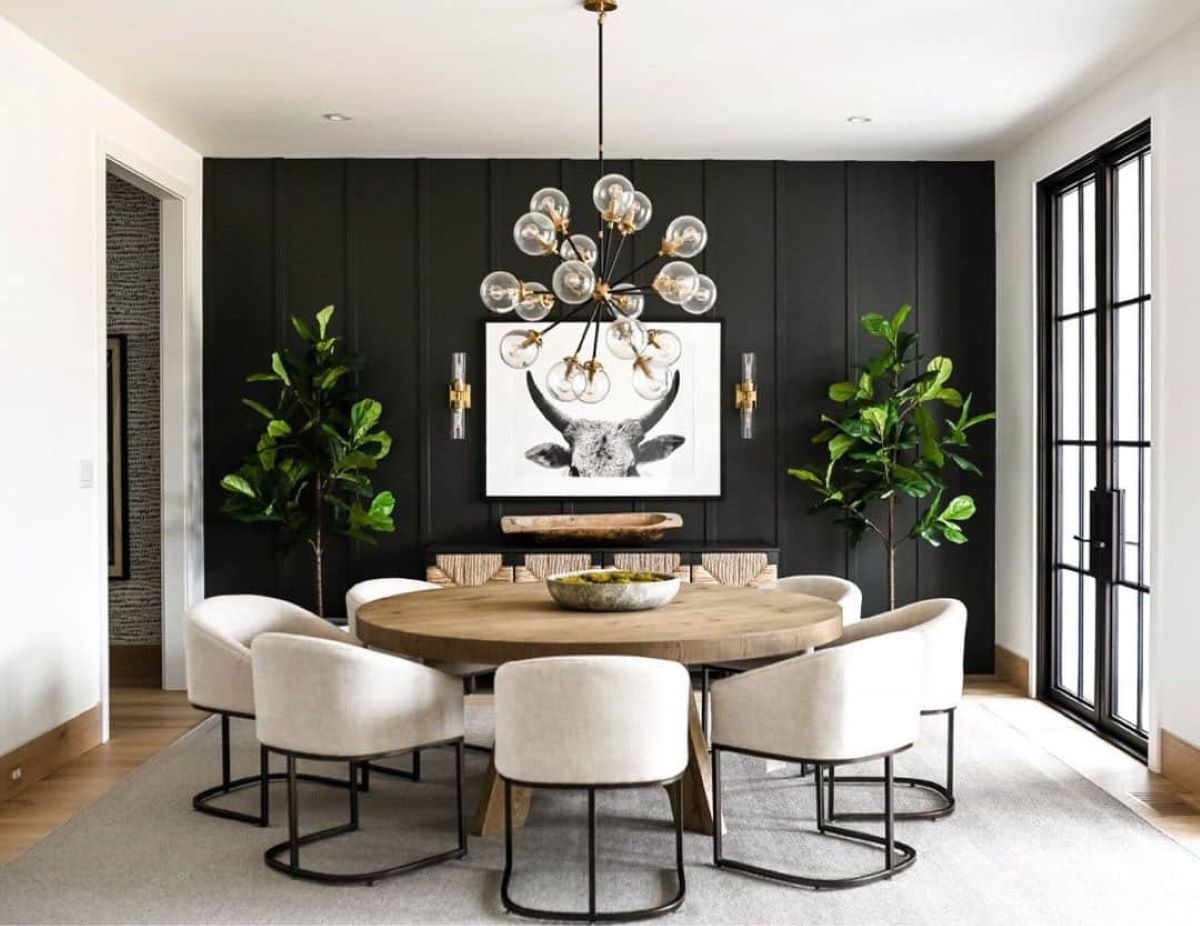
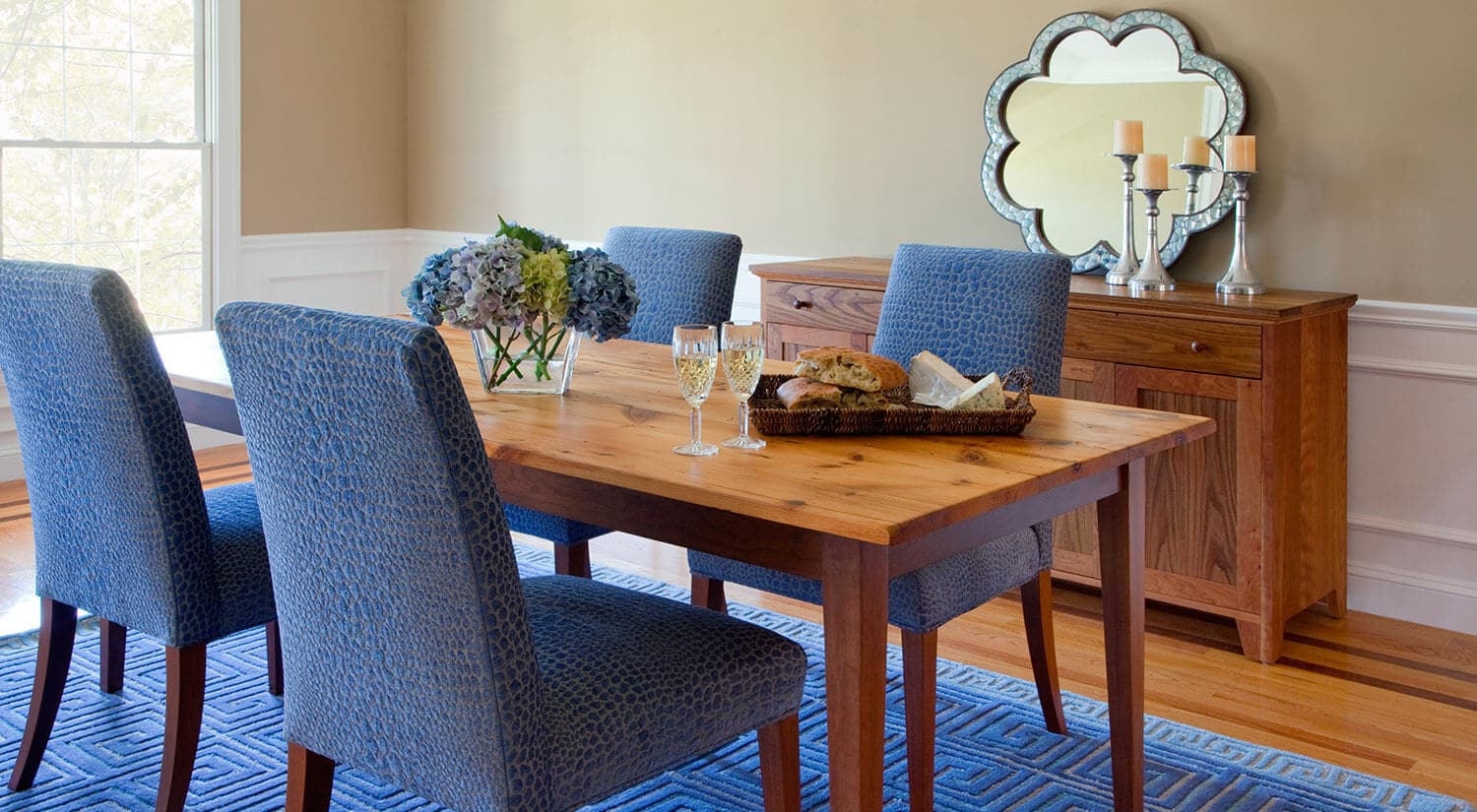
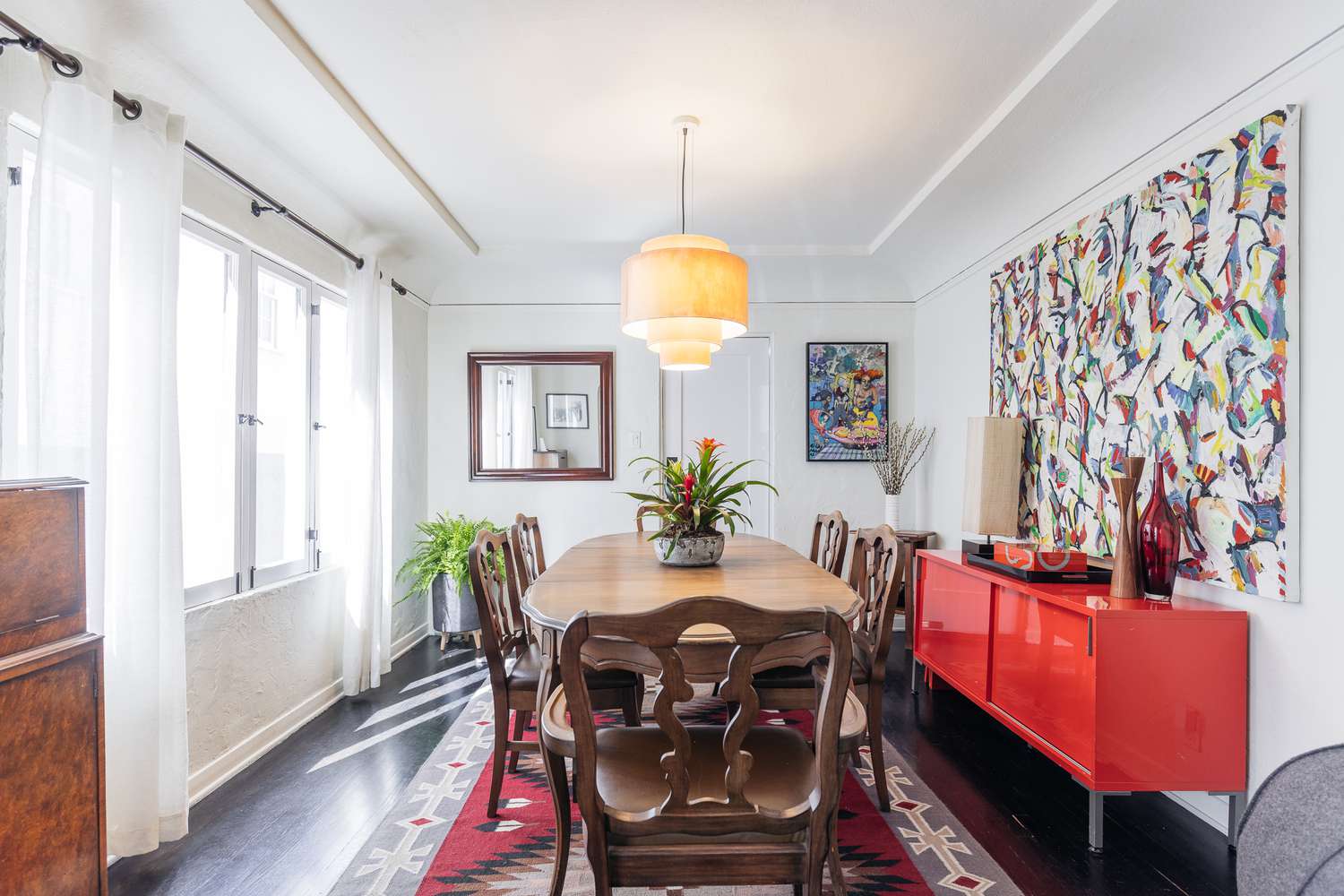
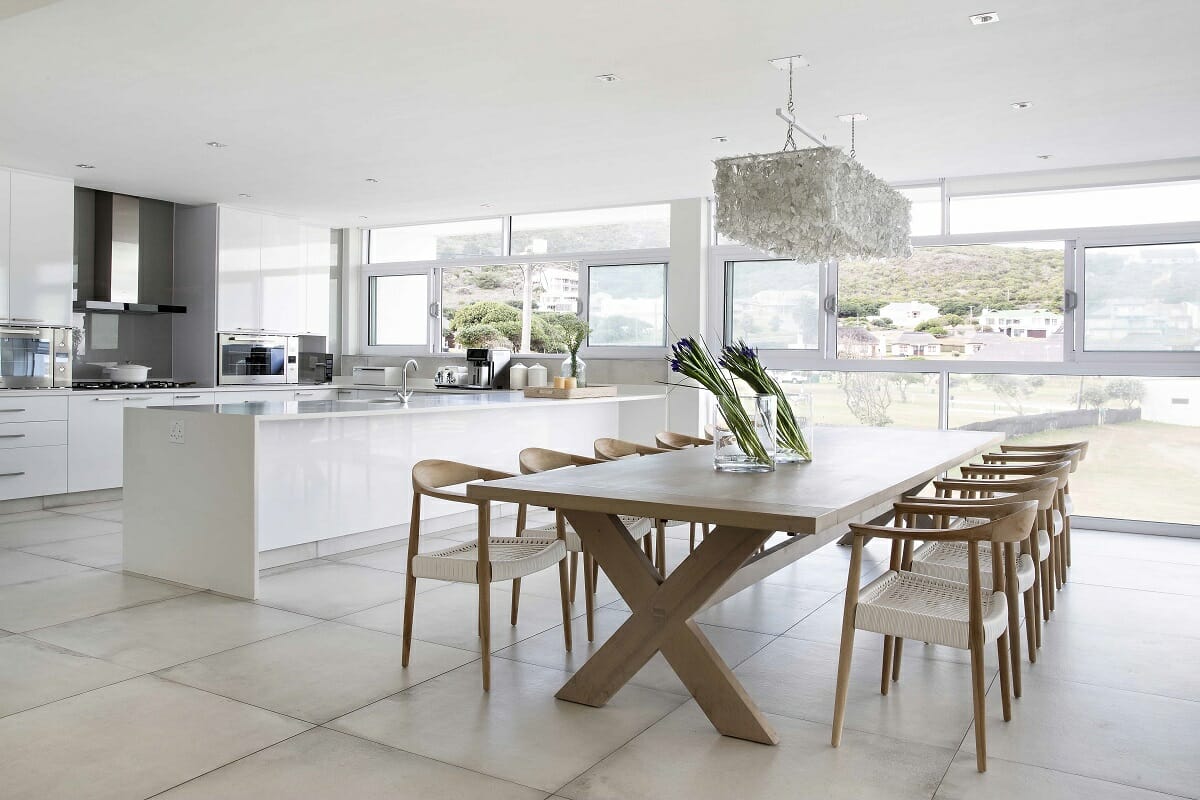
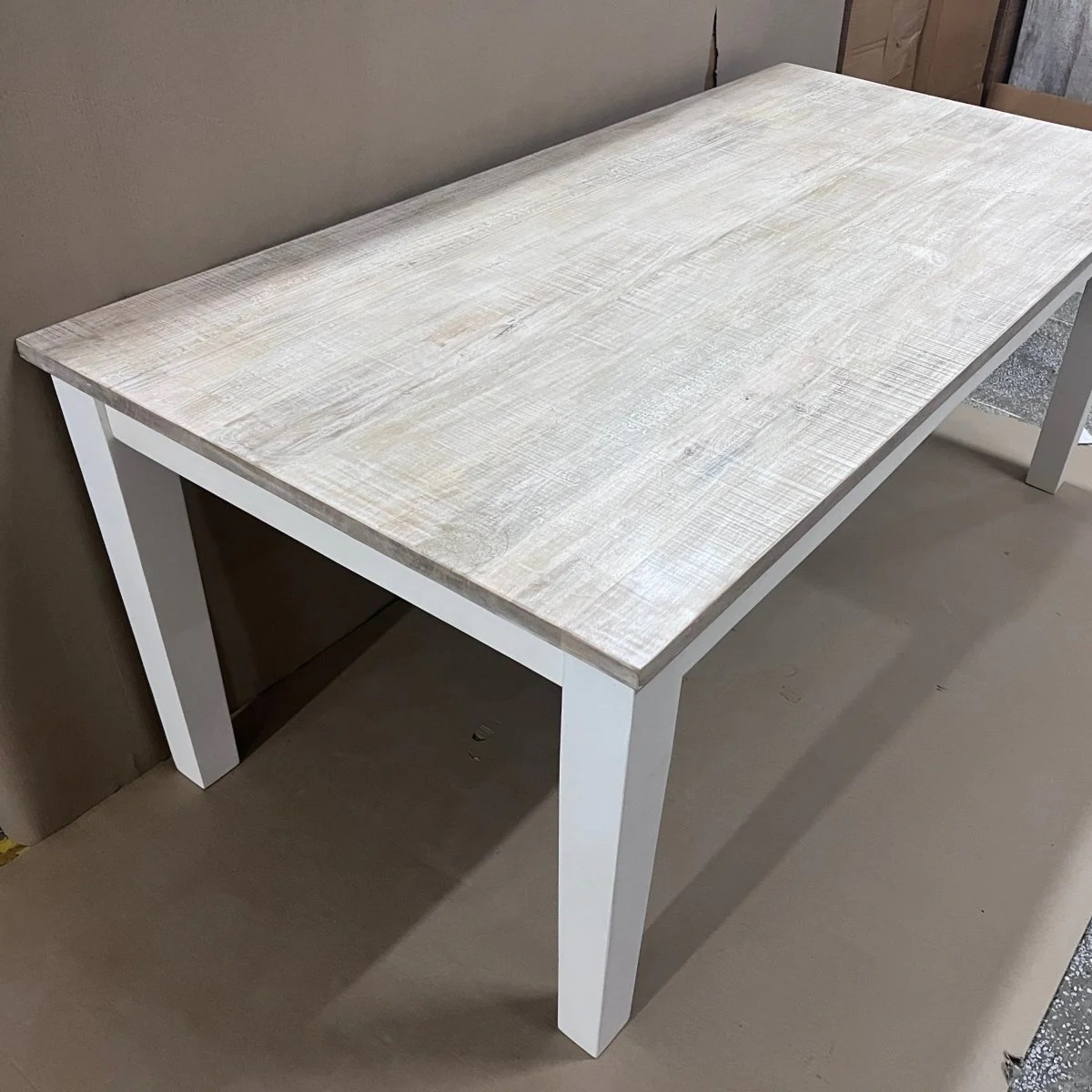
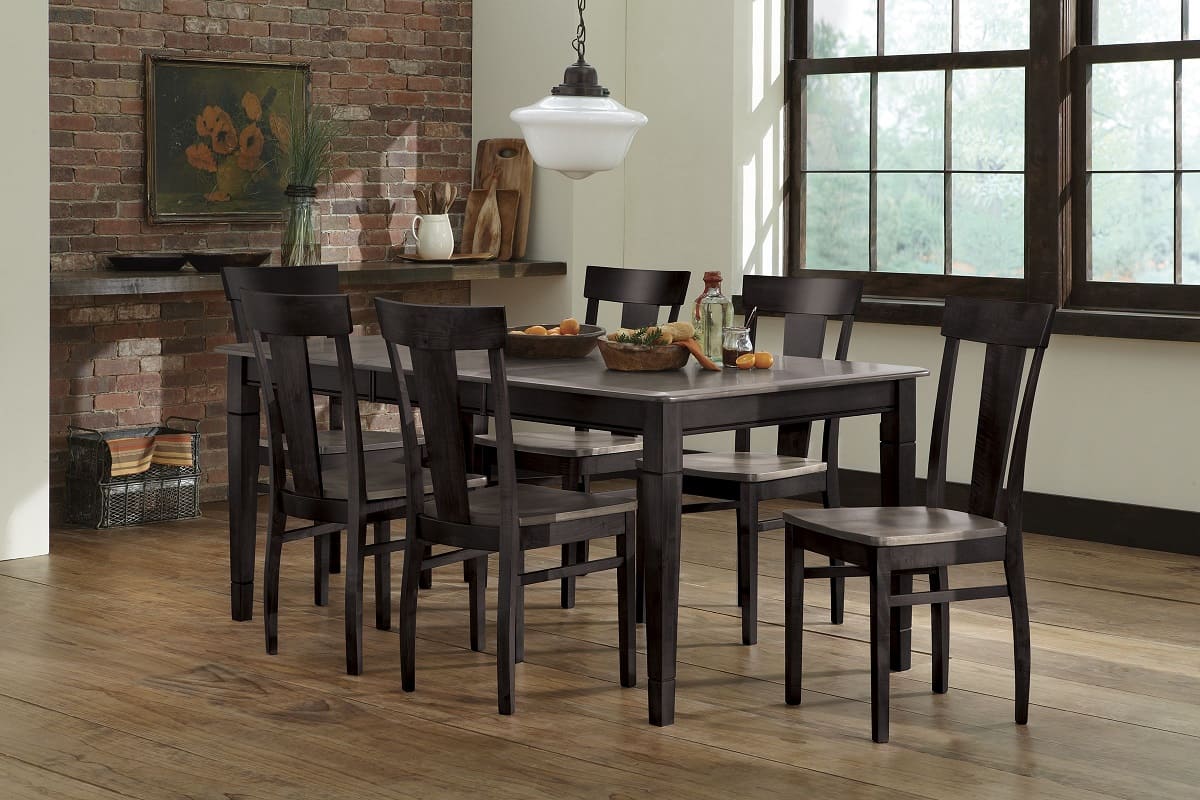
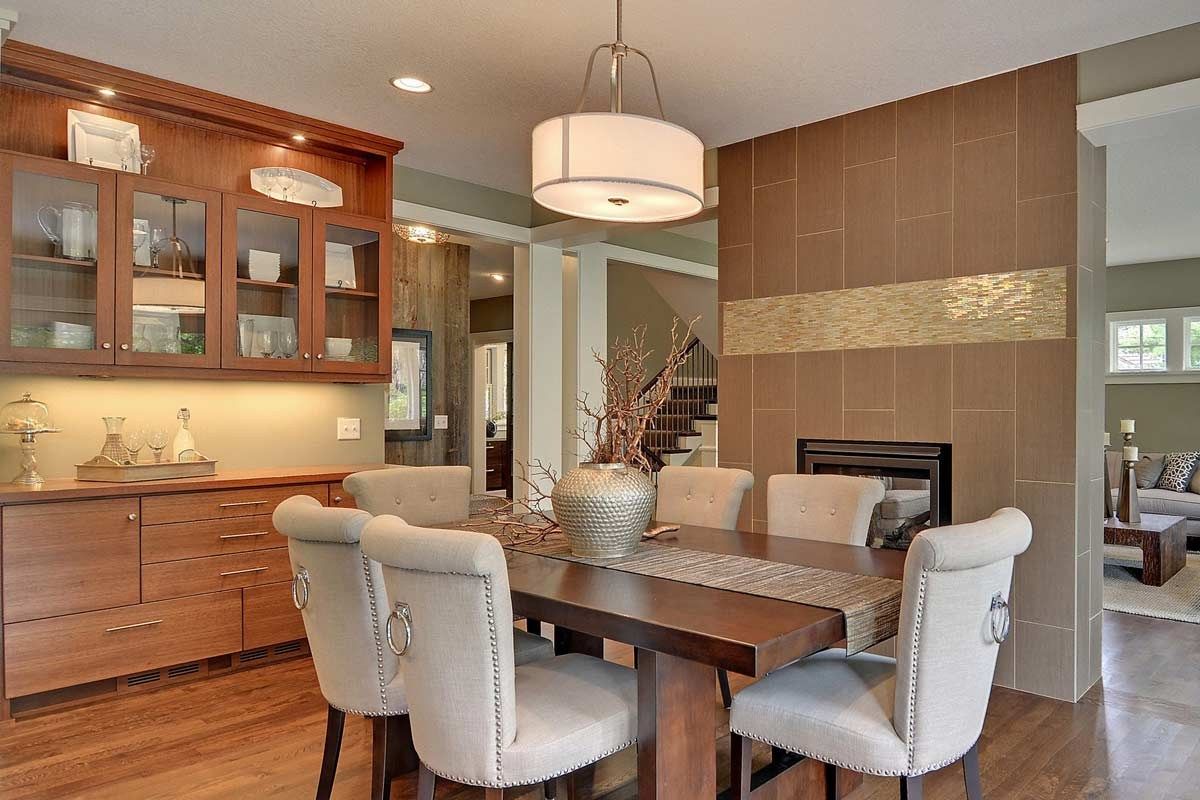
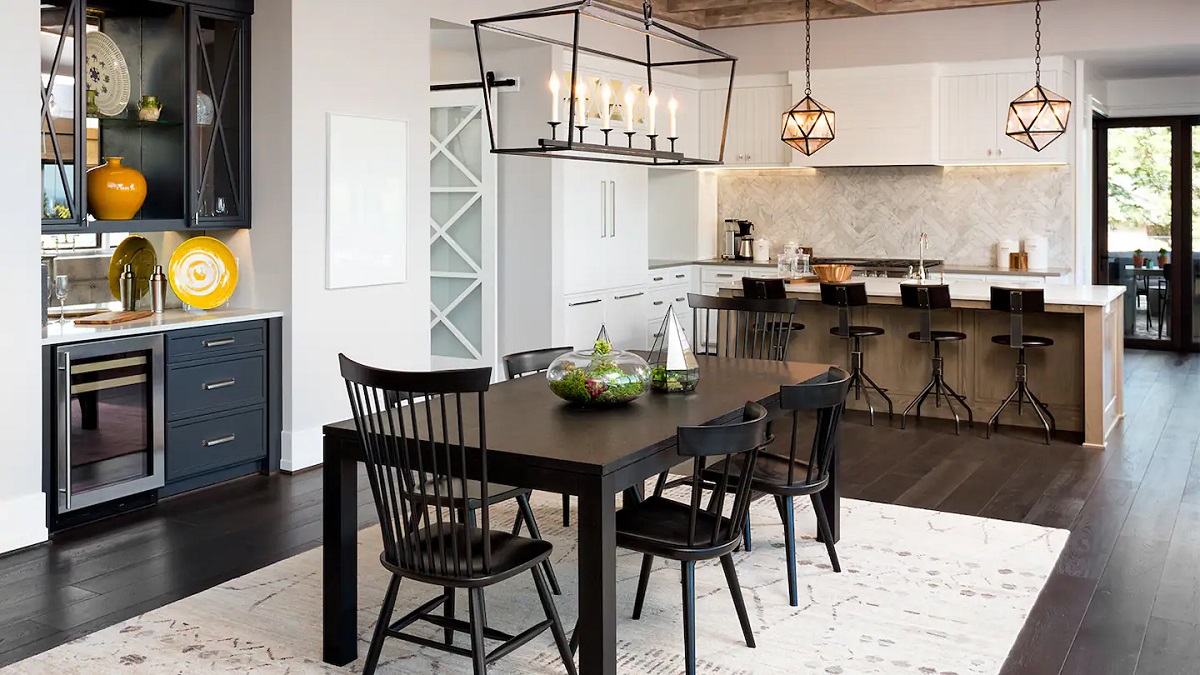

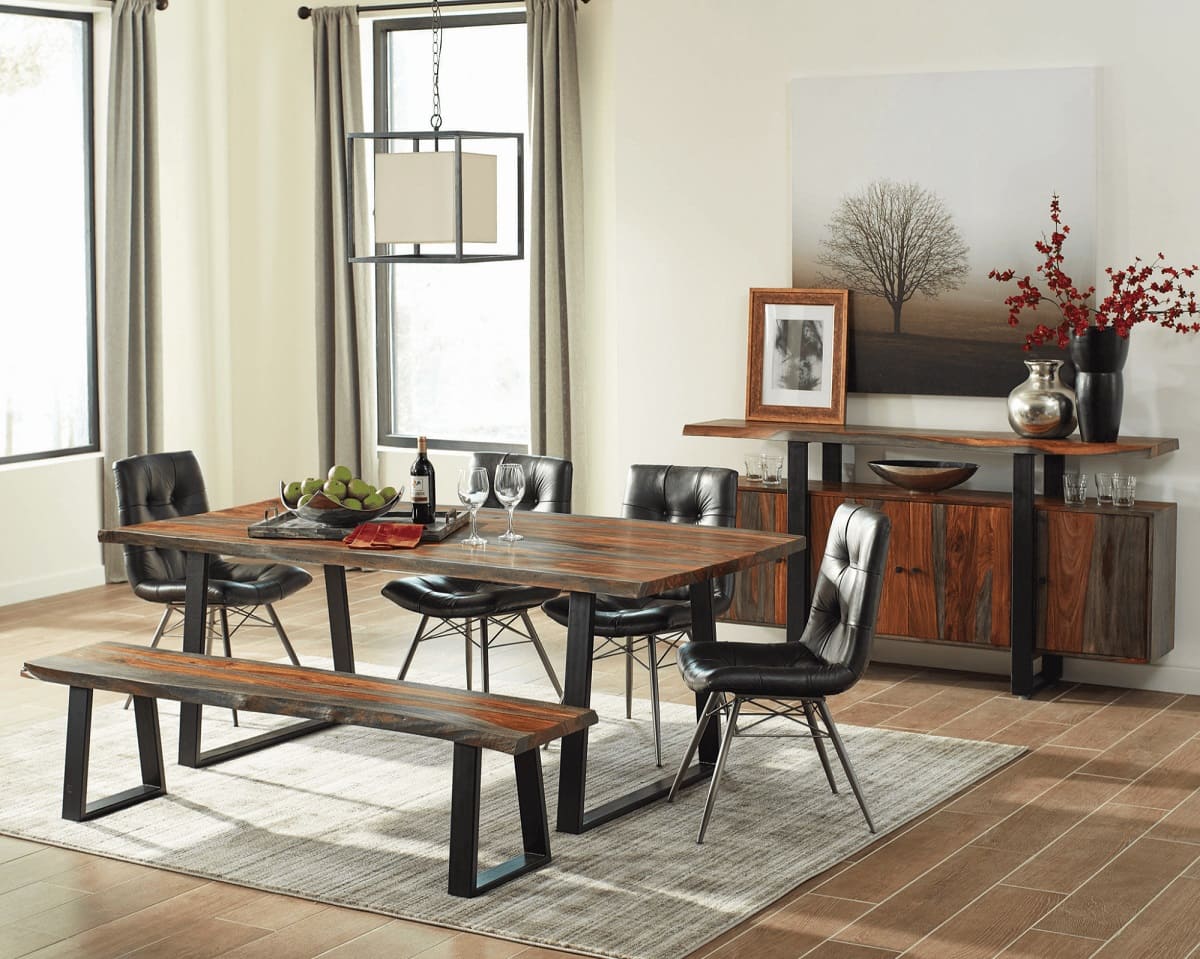
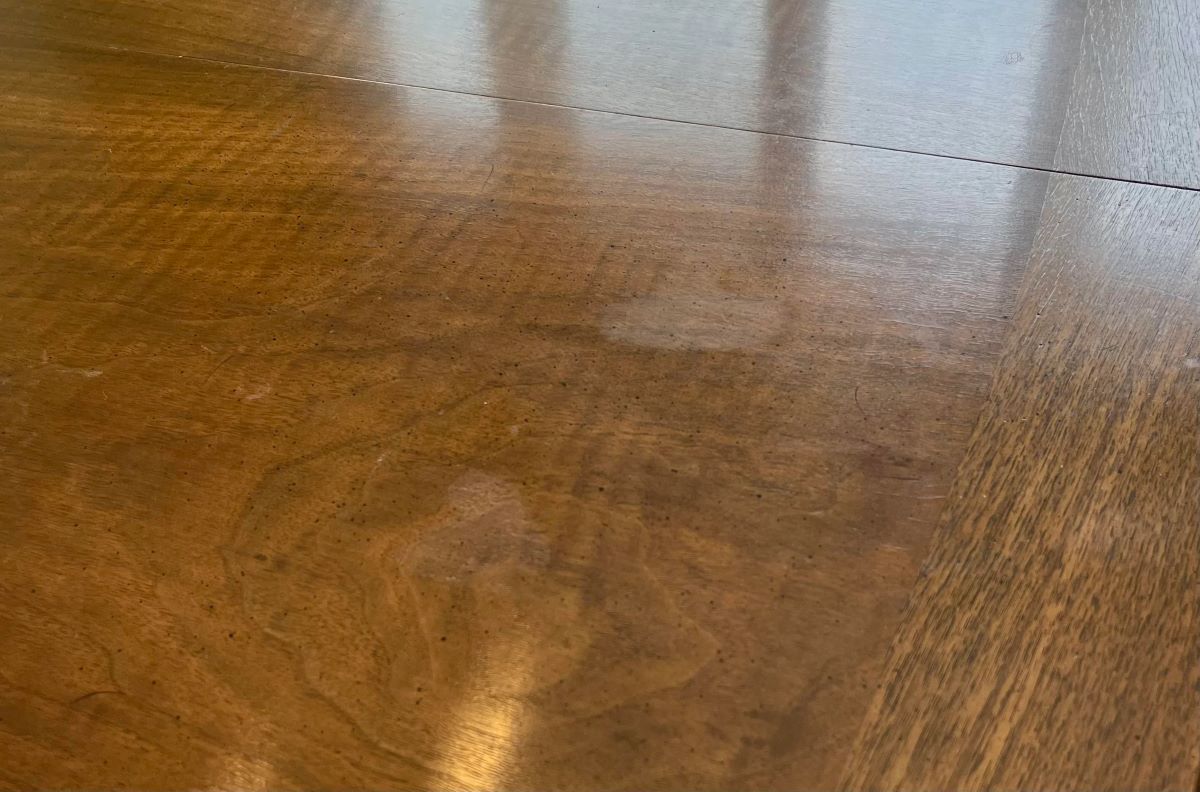

0 thoughts on “What Is The Best Finish To Put On A Dining Room Table”